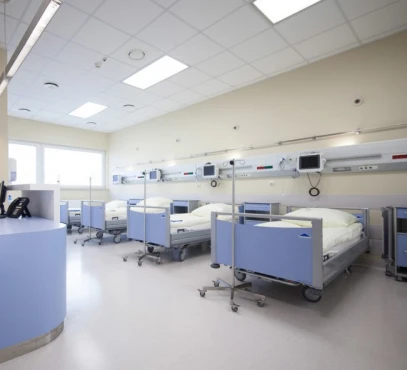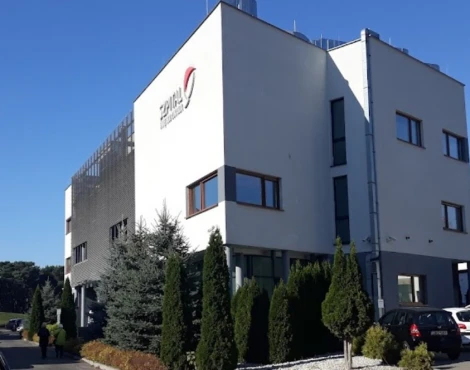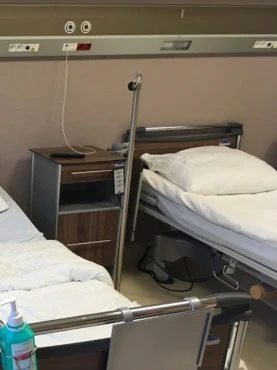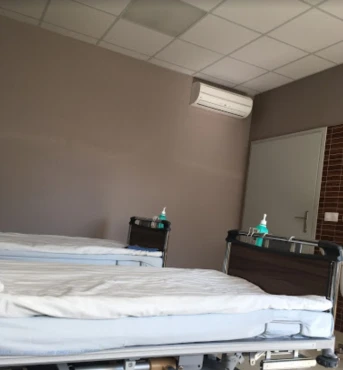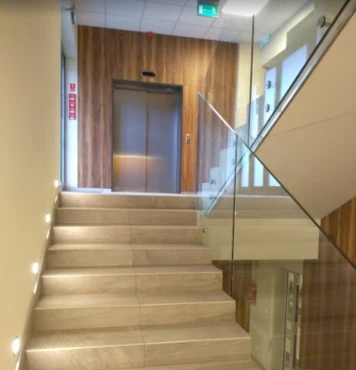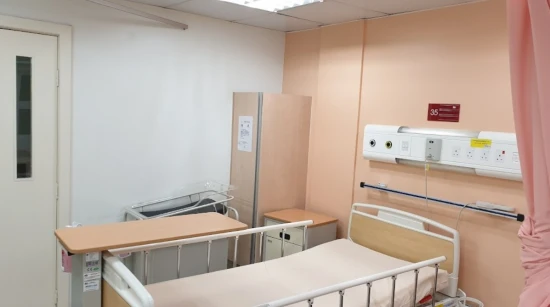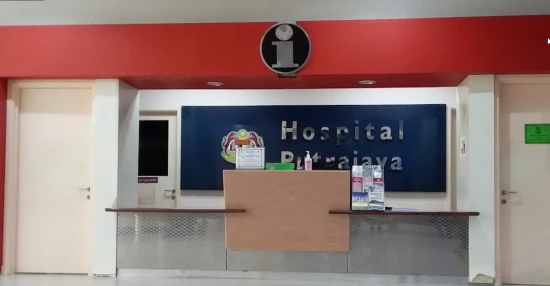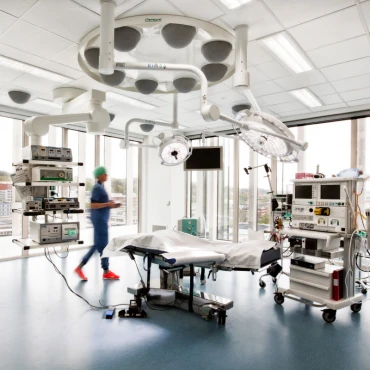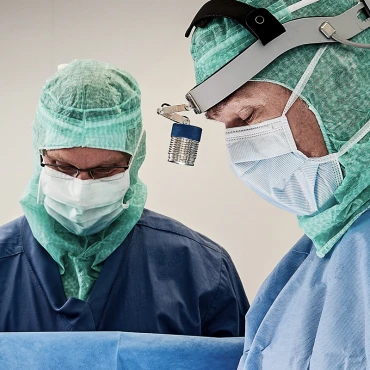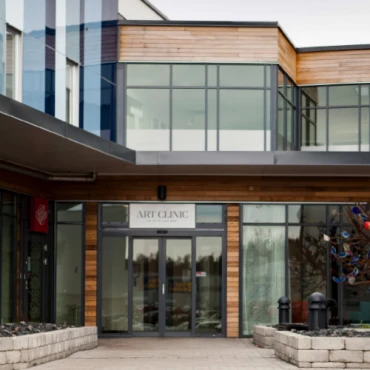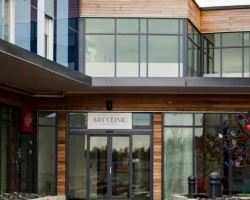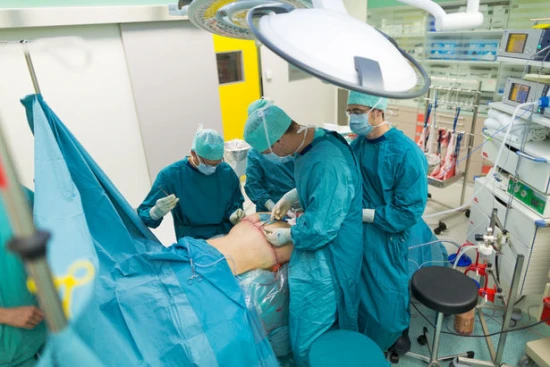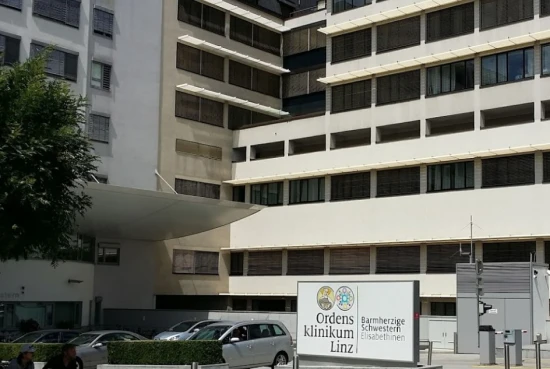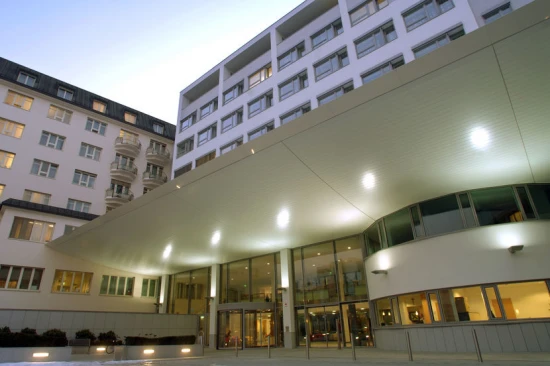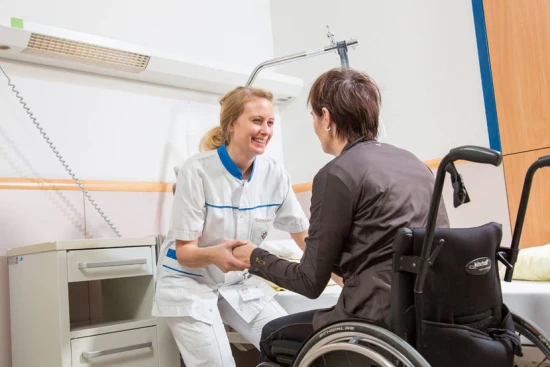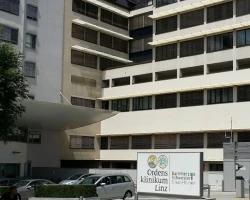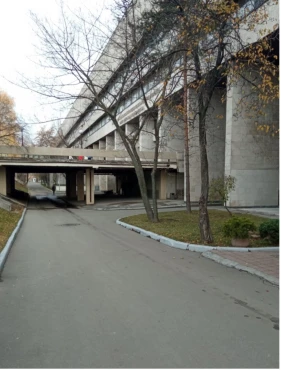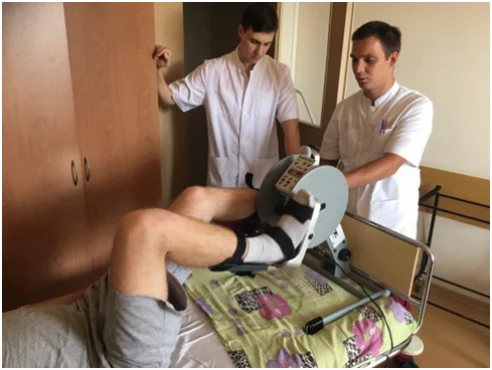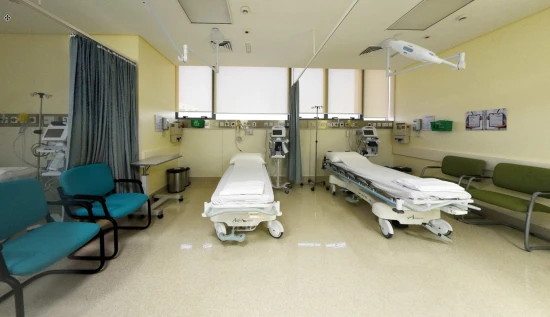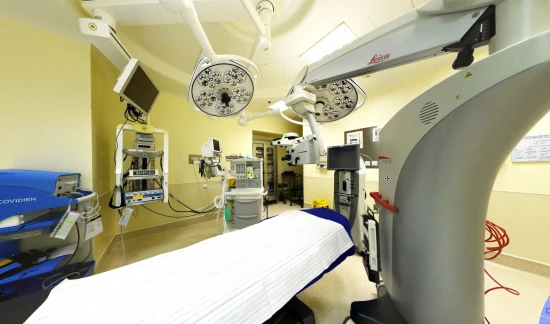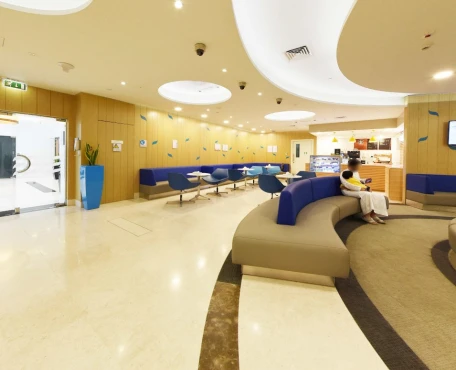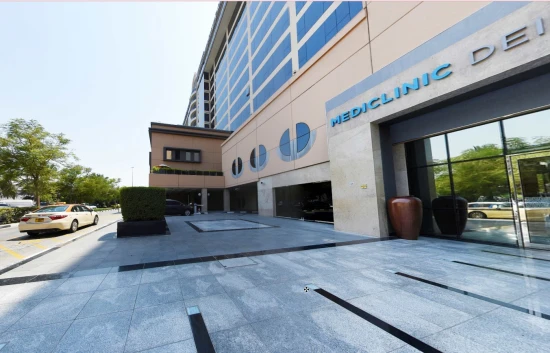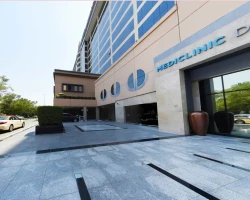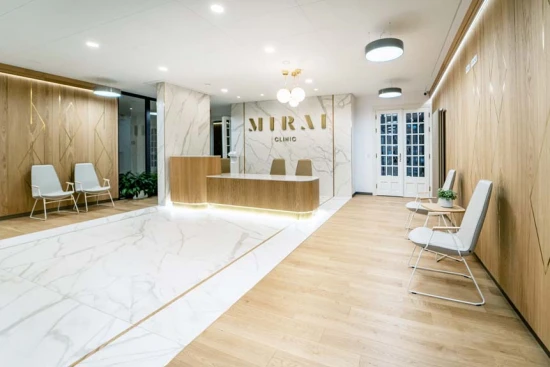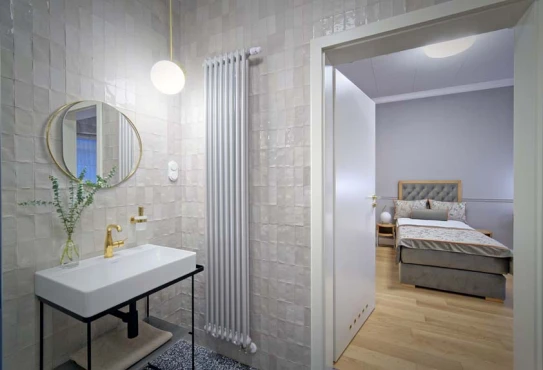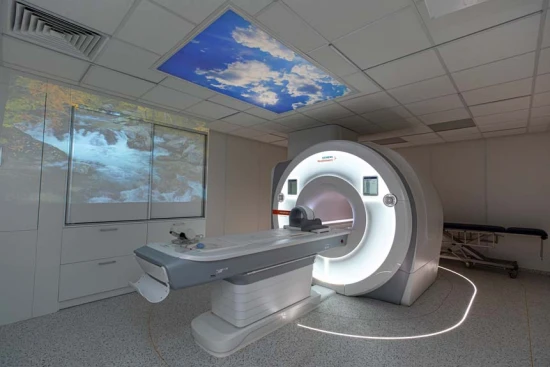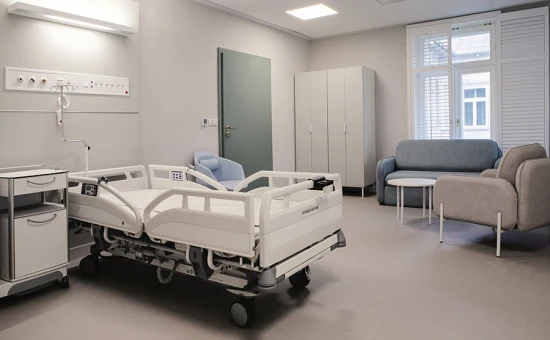Laminoplasty in Clinics: Everything You Need to Know for A Successful Treatment
We will try to find out the indications for laminoplasty. How it is performed step-wise? Whether it is an emergency procedure? Why it is a better option than its counterpart, and what complications can be expected? We will also provide education about how to return to daily life activities after the procedure.
What is Laminoplasty?
Laminoplasty is mostly an elective (non-emergency) surgical procedure. It is indicated for relieving compression of the spinal cord and spinal nerves. Lamina is a part of vertebrae bone that forms a roof over the spinal canal. This is different from laminectomy in which lamina is removed. This procedure does not involve the complete removal of the lamina. Rather, one end of the lamina is opened whereas, a hinge is created at the other end. This enlarges a network of space in which the spinal cord lies thus decreasing compression of the spinal cord. As lamina is not removed, this provides a protective covering around the Dura of the spinal cord. It also prevents scar formation.
Why is Laminoplasty done?
Laminoplasty is performed in individuals, in whom the spinal canal is narrowed. This narrowing causes compression of the spinal cord and spinal nerves. So laminoplasty is a decompression surgery. When the spinal cord is compressed, the person experiences symptoms called myelopathy. The most common presentation is pain in the back with radiation of pain in the limbs.
Symptoms of myelopathy are:
- Periods of neck pain;
- Weakness in limbs;
- Numbness in limbs;
- Difficulty in walking;
- Difficulty in fine motor skills and coordination;
- Urinary and bowel incontinence.
Spinal cord compression can be due to a number of reasons such as:
- Traumatic injury;
- Inflammatory, degenerative changes, or autoimmune diseases causing arthritis;
- Disc herniation;
- Bony spurs;
- Tumors, hematoma, cysts;
- Radiotherapy.
What are the conditions in which Laminoplasty is indicated?
The spinal, orthopedic, or neurosurgery team advises the procedure when other treatment options fail. The goal of the procedure is to remove the cause of compression. The indications for laminoplasty in a case of spinal compression are:
- Minimal or no pain around the spine;
- The natural curve of the spine is present;
- Spinal cord compression at 3 or more motor levels.
This procedure is not recommended when a patient has severe pain around the vertebrae. Such a patient requires a laminectomy. It is also not recommended for people whose spine is deformed.
What are the risks involved in Laminoplasty?
As every surgical procedure carries risks and complications, the same is the case with laminoplasty. The overall rate of complications in laminoplasty is relatively low compared to other decompression procedures. It is important to know these risk factors before surgery so that they don’t appear as a post-procedure surprise. These include:
- Surgical site infection.
- Injury to the spinal cord, and spinal nerves causing paralysis.
- In C5 palsy, muscles supplied by the C5 segment of the spinal nerve develop weakness due to nerve roots damage.
- The spine is a highly vascularized area so there is a risk of excessive bleeding.
- The covering of the spinal cord can be damaged resulting in a CSF leak.
- Urinary or bowel incontinence.
- Recurrence of pain.
- General anesthesia complications.
- Delayed wound healing in the presence of other co-morbid conditions.
- Recurrence of spinal stenosis.
- Development of kyphosis (abnormal curvature of the spine).
How to prepare for the procedure?
To have a successful surgery, your treatment team providing services will inform you about certain instructions. These instructions are very important for preparation before surgery. The surgical team will also request certain tests. You can find online a list of centers performing this procedure. These facilities and qualified staff are available at Medstar, Urmc, and Rochester spine centers. You should choose centers that have well-established spine surgery departments. The faculty must have vast clinical experience. You should choose a center with good accessibility that takes care of your privacy. This matter is important as you will need multiple visits before and after the surgery. You should book a visit at their portal after a referral from your physicians.
Preparation for this procedure involves the following steps:
- Pre-anesthesia assessment
Your anesthetist will thoroughly assess your overall health status. This evaluation involves reviewing your medical history, your X-rays, and MRI scans. They will also ask about any other symptoms, your labs, drug allergies, systemic examination, ECG, etc. If you had a Covid-19 infection earlier, the doctor will also evaluate your respiratory system. You should inform your doctor if you are on any medications such as blood thinners. This is important as they will provide instructions on when to discontinue certain medications. Your anesthetist will also explain to you the type of anesthesia which will be given to you for your procedure. Most likely, general anesthesia would be the choice for this procedure (which puts you to sleep). - Fasting
Your doctor will inform you about guidelines regarding fasting before the surgery. Usually, you will be required to avoid eating or drinking for about 8 hours before surgery. Nil per oral before the surgery prevents complications during anesthesia. - Smoking cessation
If you are a smoker, please quit smoking before the procedure. Smoking can impair the healing of wounds and can also increase the risk of complications. - Support
Your ability to perform daily activities independently may be temporarily limited. At the hospital, you will be provided nursing care. It is useful to arrange for assistance preferably an attendant from home or a friend. The attendant would be handy with your daily tasks, normal office work, transportation, and care.
What are the steps of Laminoplasty?
Your surgeon will most likely explain to you the technique of surgery. He will take consent from the patient. It is among the rights of patients to know about the procedure and agree to it.
The following are the several steps:
-
Anesthesia
Before starting surgery, Anesthetist will administer anesthesia through injection into your vein. With anesthesia, you don’t feel anxiety, pain, or any discomfort during the procedure. The type of anesthesia will be discussed prior to the procedure. In general anesthesia, you will be put to sleep and a tube will be placed in your throat for your respiration. -
Positioning and exposure
While you are under anesthesia, you will be brought into a new (prone) position (face facing downwards). Good positioning is very crucial for a successful procedure. Soft pillows will be placed under your chest so that there is no pressure on your abdomen. Your hair will be shaved from the area which is to be operated. -
Incision
The surgeon will make an incision over the location of the affected vertebrae on the back of the neck. The length of the incision depends upon the number of vertebrae affected. With adequate incision, the surgeon has a clear visual window to perform the surgical procedure. The surgeon will carefully separate the surrounding muscles and tissues to visualize the lamina. -
Laminoplasty
When the lamina is visualized, the first end of the lamina is completely cut down. The outer cortex of the other end of the lamina is left intact which acts as a hinge. This creates a door-like structure that increases the space of the spinal canal. Sometimes there are bony spurs that are projecting into the spinal canal, only these spurs are removed. A window is opened typically on the side having more symptoms of compression. As the portal is created for the spinal cord and nerves, compression caused by spinal stenosis is relieved. As a result of this decompression, symptoms are decreased such as pain, numbness, and weakness. -
Stabilization
As the opening is door-like so one end needs stabilization. The surgeon may use plates, or screws of a metallic material to hold the open part of the lamina in place. A drain may be placed at the sites/locations of incisions which is removed the next day. -
Closure
After stabilizing the lamina, the surgeon then closes the wound layer by layer with absorbable stitches. A topical antibiotic most likely Vancomycin may be applied to prevent surgical site infection.
What to expect after Laminoplasty?
Let’s talk about what will happen after the procedure:
- After the procedure, you will be shifted to the recovery area. Here, the effects of anesthesia will be allowed to wean off and you will be monitored hemodynamically.
- The hospital stay duration depends on the extent of surgery, co-morbid conditions, and complications. But usually, discharge from the hospital is estimated at around 2-3 days.
- You may feel pain at the operation site for which pain medicine will be prescribed by your doctor. Your doctor might also advise you to wear a soft neck collar for a few weeks to avoid excessive neck movements.
- You will have to avoid strenuous activities for about six weeks. You will also have to avoid lifting, bending, or twisting and skip any other sports requiring exertion.
- Walk regularly to recover muscle strength and also decrease the chances of blood clotting.
- If there are any signs of redness or pus discharge from the wound immediately contact your doctor.
- Smoking should be avoided for three months as it decreases the healing process.
- Physiotherapy and rehabilitation will play an important role in your recovery. This will also alleviate the pain and help you in becoming a functional member of the community.
- Instructions and information given by your healthcare provider should be always followed for quick recovery.
- To monitor healing progress and address any concerns, follow-up appointments will be scheduled.
What are the benefits of Laminoplasty?
- As the lamina is not removed in this procedure, the spinal stability is maintained. So, it is beneficial over laminectomy as the lamina is preserved in laminoplasty.
- Range of motion is preserved in laminoplasty. This is because it does not involve the fusion of adjacent vertebrae. This also reduces stress on neighboring spinal segments.
- Laminoplasty creates more space for the spinal canal diminishing spinal cord compression. So, it effectively causes decompression which improves the symptoms of pain, weakness, and numbness.
- Neurological functions are restored because decompression facilitates the transmission of nerve signals.
- The main benefit of laminoplasty is its short recovery time. The patient regains motility faster and returns to their daily activities quickly. This is due to the fact that laminoplasty preserves stability and does not involve the fusion of vertebrae. Physiotherapy is necessary for quick recovery.
What is the success rate of Laminoplasty?
Typically, success of the procedure can be assessed in two ways:
- Improvement of symptoms;
- Whether the neurological worsening is prevented.
Neurological recovery is achieved in 60-70 % of cases operated for laminoplasty. However, the success of laminoplasty depends on a number of factors which are as follows:
- Patients younger than 65 years have a good outcome;
- Duration of symptoms;
- Neurological deficit before the procedure;
- Any other spinal injuries to the cervical spine.
The bill for this procedure depends on the insurance policy you have.
What are alternatives to Laminoplasty?
There are a number of surgical procedures for the decompression of the spinal cord. Mainly, spinal surgeons use two approaches. In the anterior approach, decompression is done from the anterior of the spine. The other one is the posterior approach. Each procedure has its own benefits and risks.
The following procedures are done through the posterior approach include:
- A procedure similar to laminoplasty but the vertebrae are fused together. As a result, there will be restrictions on movements at this level.
- The other procedure is laminectomy in which the surgeon removes a part or whole of the lamina. This reduces compression considerably as compared to laminoplasty but compromises stability.
Surgical procedures through the anterior approach include:
- Anterior cervical discectomy and fusion (ACDF):
In this procedure, an incision is made in front of the neck anterior to the spine. This procedure is for the management of disc herniation. Through this procedure, the damaged disc is removed. Both vertebrae which are above and below the removed disc are fused together. - In this procedure, the damaged disc is removed and a synthetic substitute is inserted in its place.
Conclusion
In conclusion, laminoplasty is the best surgical option for cervical cord compression. It is ideal when multiple levels of the spine are involved without kyphosis and no axial pain. Laminoplasty is generally avoided in patients who have spinal instability. It is also avoided when there is pain over the affected vertebrae and marked kyphosis. When comparing it with laminectomy involving a fusion of vertebrae, it is beneficial. It is because it preserves the range and directions of motion and spinal stability. You should meet your doctor before surgery to have an idea about the results of the procedure.
References:
- Douglas S. Weinberg, J. M. (2020 Mar). Cervical laminoplasty: indication, technique, complications. J Spine Surg., 6(1): 290–301.
- Seichi A, T. K. (2001). Long-term results of double-door laminoplasty for cervical stenotic myelopathy. Spine, 26(5):479-87.
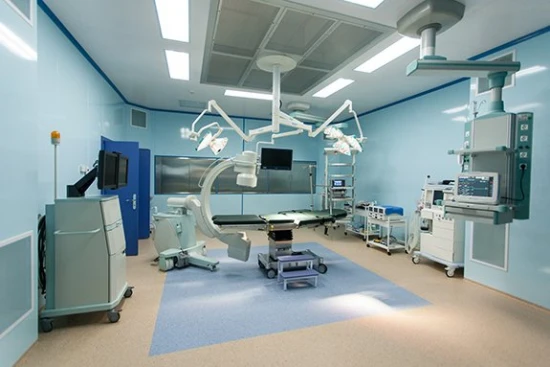

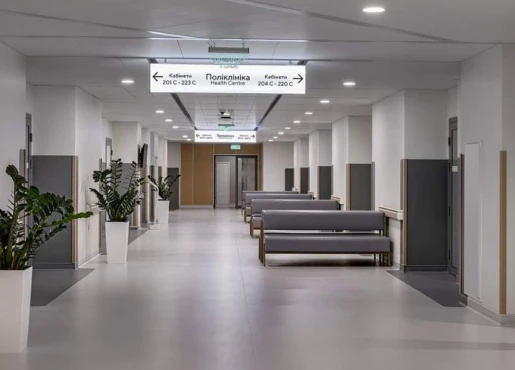
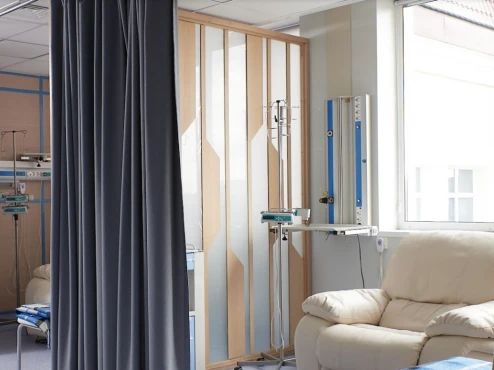
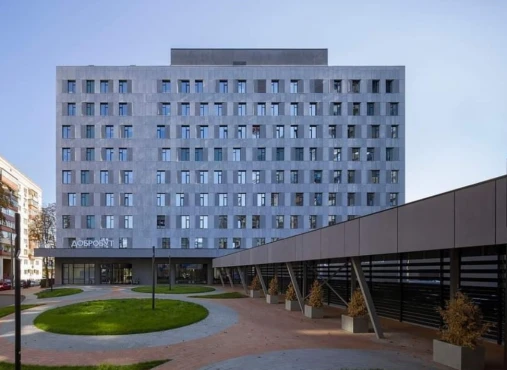
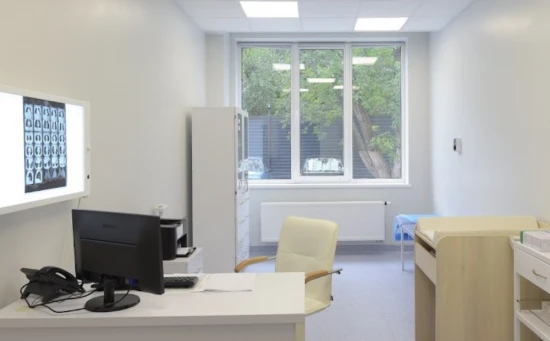
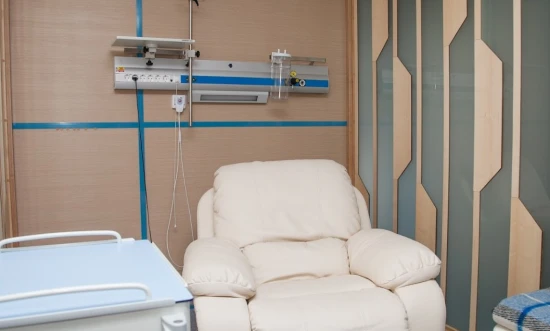

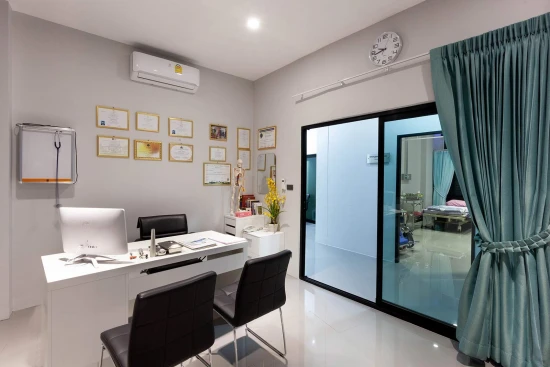
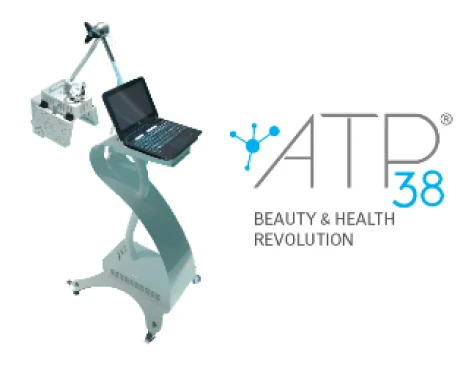


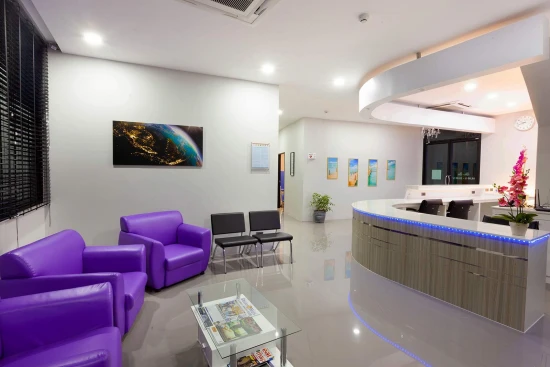
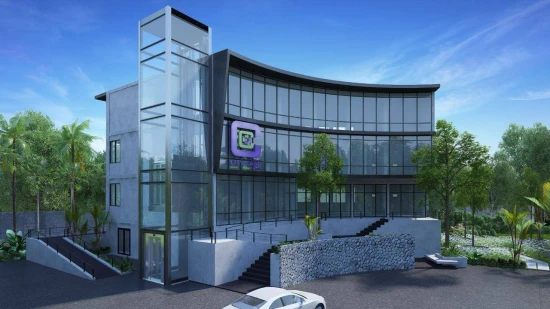

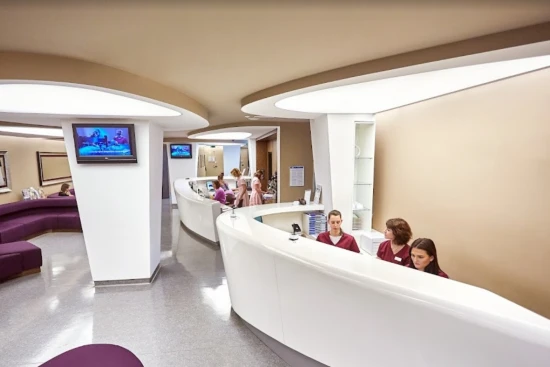
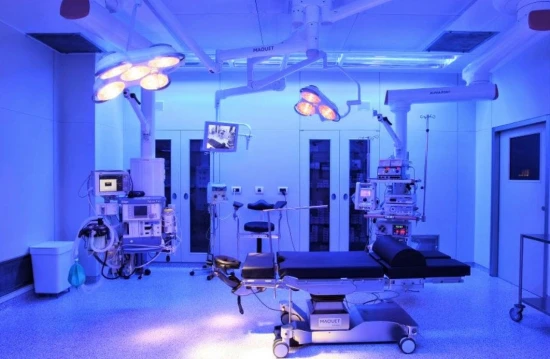
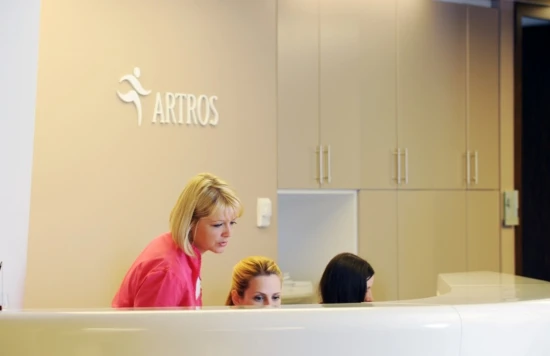

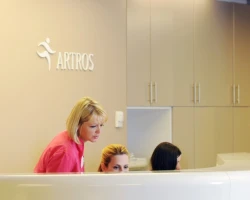


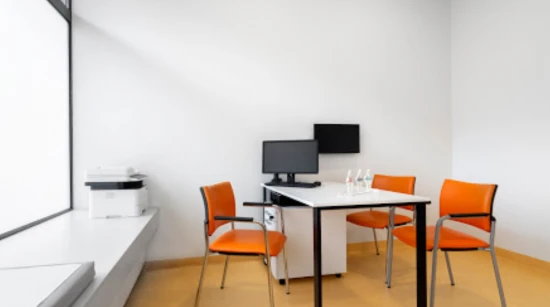
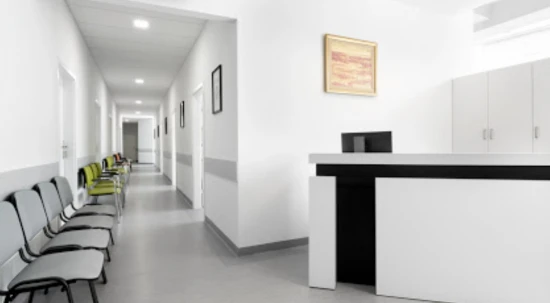


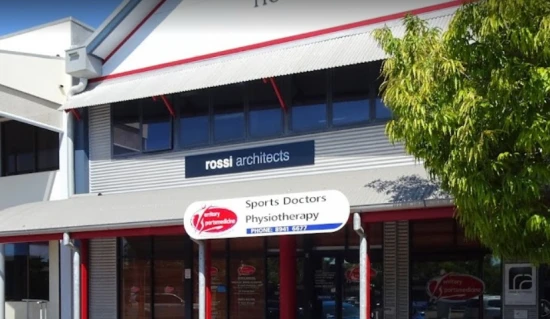
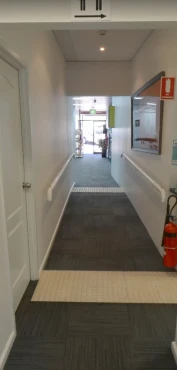
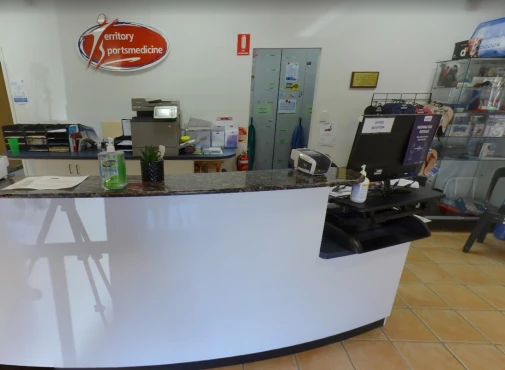
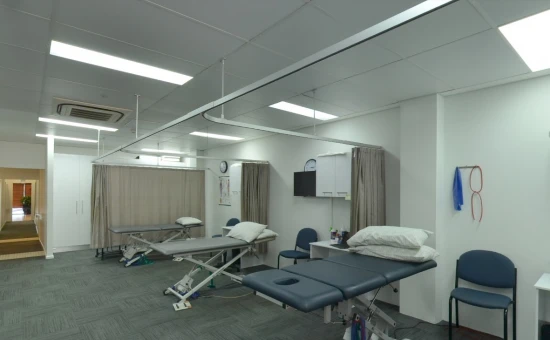
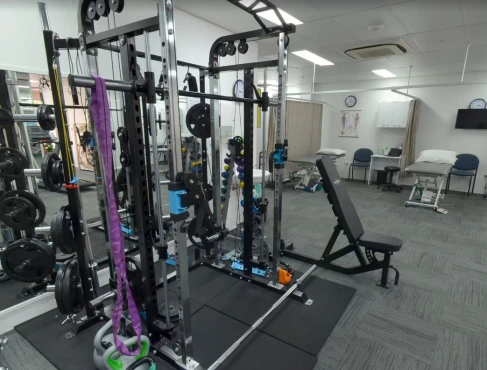

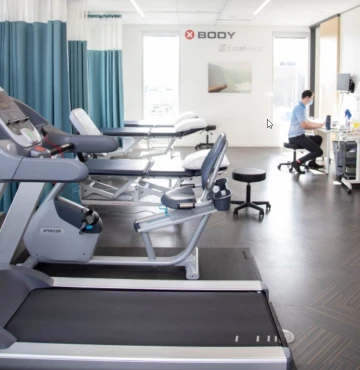



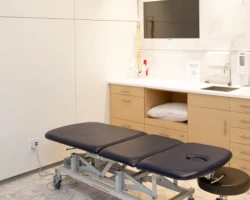
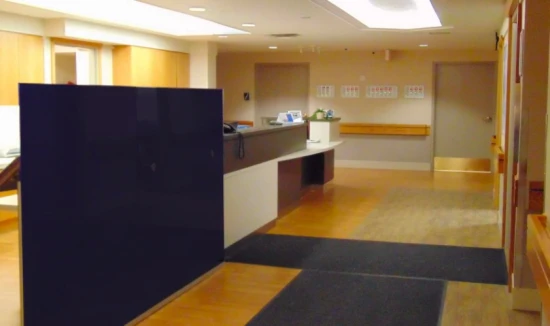

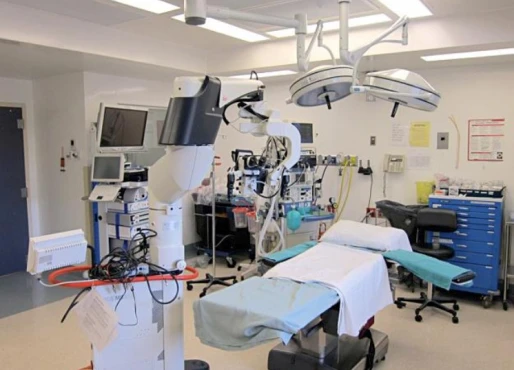
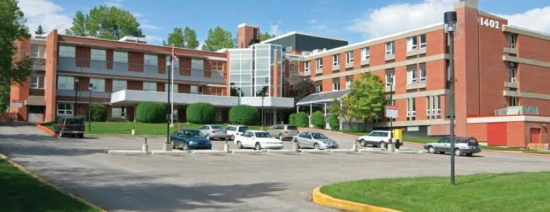
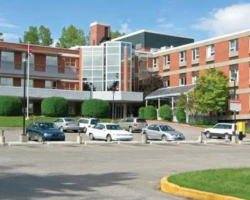



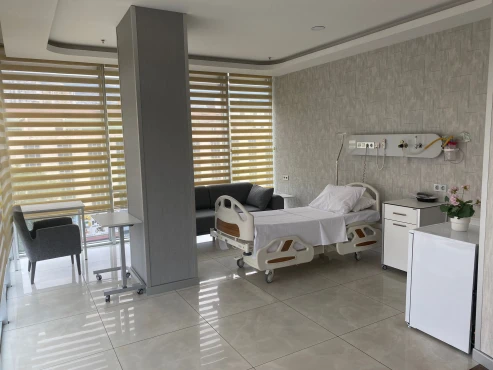
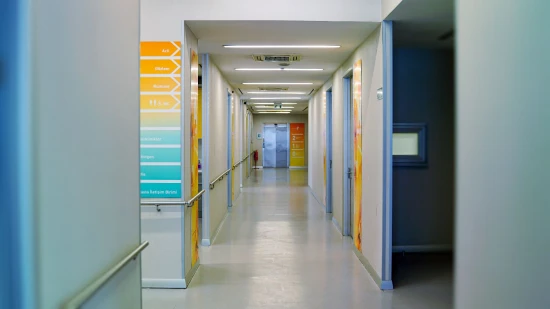
-medium.webp)
-medium.webp)
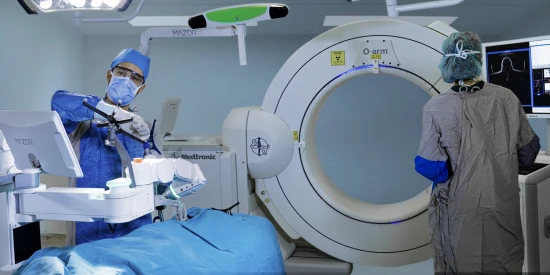
-medium.webp)
-small.webp)
